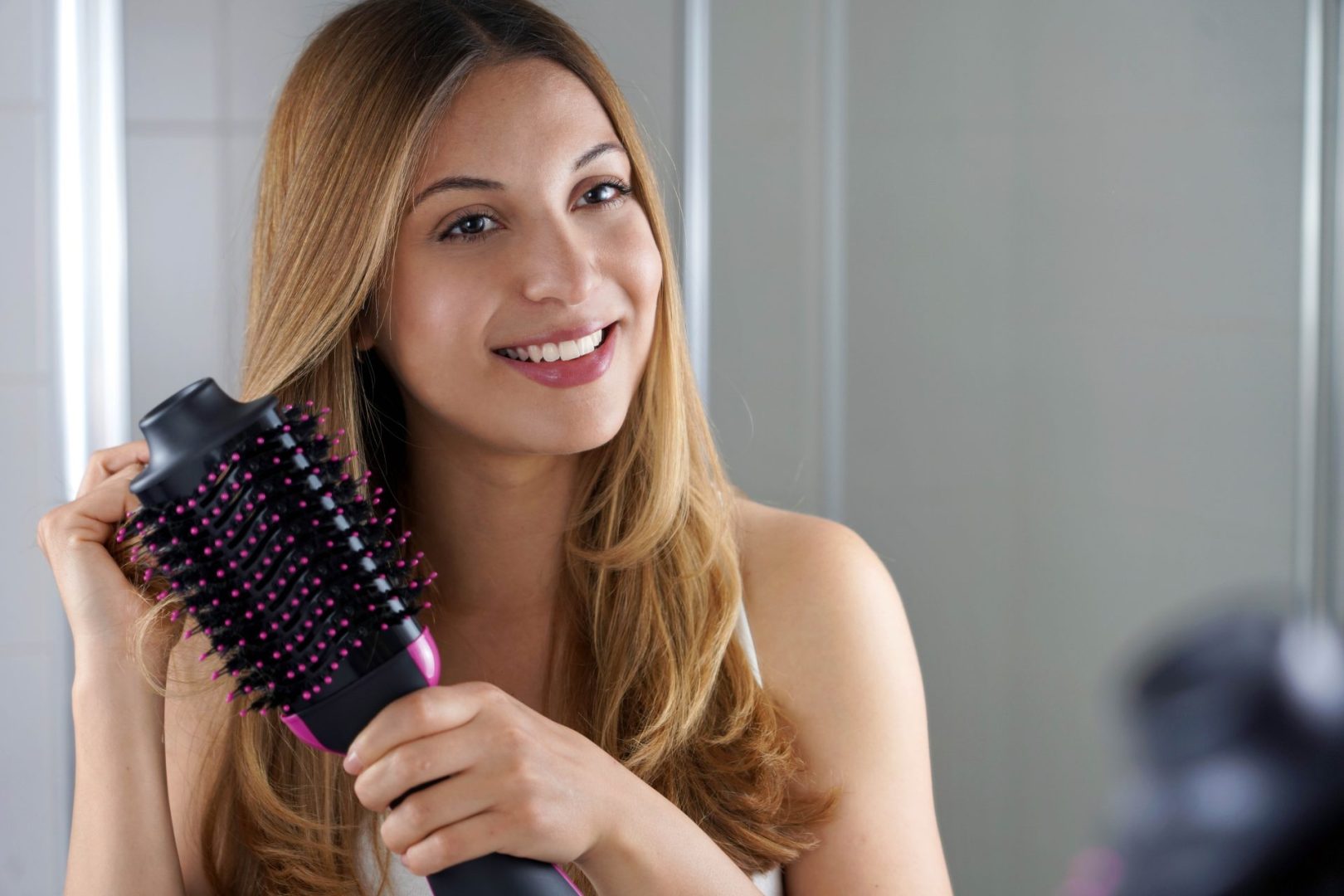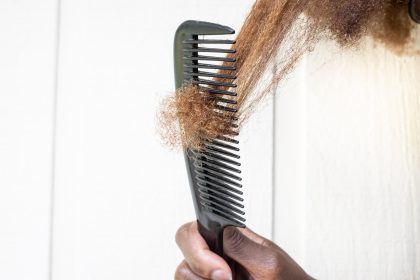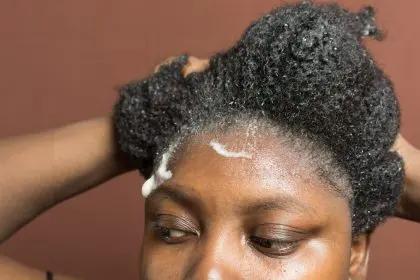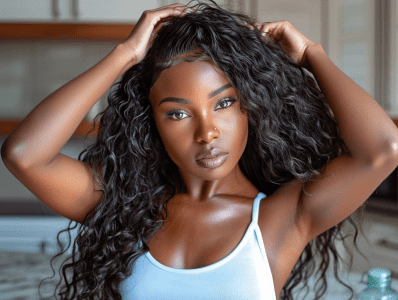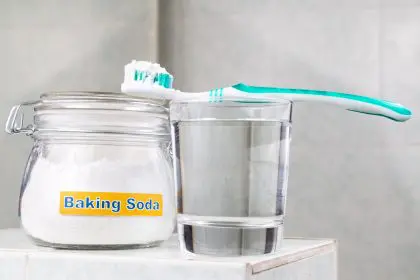The journey to understanding curly hair care often begins with frustration. Many curl enthusiasts spend years cycling through products and tools before discovering that the humble hairbrush—often overlooked amid serums and conditioners—plays a pivotal role in maintaining healthy, defined curls. The wrong brush can lead to unnecessary breakage, frizz, and pattern disruption, while the right one can enhance natural texture, distribute products evenly, and minimize damage during styling.
Celebrity hairstylists who work with curly-haired clients from 2A waves to 4C coils consistently emphasize that proper tool selection represents the foundation of effective curl management. Their collective expertise suggests that investing in specific brushes designed for textured hair yields better results than attempting to adapt conventional brushes to curly hair needs. This specialized approach acknowledges the structural differences between straight and curly hair strands, particularly regarding cuticle alignment and porosity.
The science behind curl-friendly brushes
Curly hair presents unique challenges from a structural perspective. Each strand follows a spiral growth pattern that creates natural points of fragility along the curve of each twist. These vulnerable areas become particularly susceptible to breakage when manipulated with inappropriate tools. Additionally, the sebum naturally produced by the scalp struggles to travel down curly hair shafts, often leaving mid-lengths and ends prone to dryness while the roots remain adequately moisturized.
Well-designed brushes for curly hair address these inherent characteristics through thoughtful features: wider spacing between bristles prevents unnecessary tension, flexible materials conform to curl patterns rather than forcing them into submission, and specialized shapes facilitate product distribution to compensate for sebum deficiencies along the hair shaft.
Research from hair science laboratories confirms that friction levels between brush bristles and hair cuticles significantly impact strand integrity. Materials that create excessive friction strip the hair’s protective outer layer, while those that glide too easily fail to detangle effectively. The ideal brush for curly hair strikes a precise balance—providing enough grip to manage knots without creating damaging friction that compromises hair health.
Essential hair brushes for curly hair management
Paddle brushes serve as versatile tools for smoothing and detangling curly hair. Their flat, wide design covers substantial surface area, allowing for efficient styling when time constraints exist. The rectangular shape works particularly well for distributing styling products evenly through dense curls. Modern paddle brushes designed specifically for textured hair typically feature flexible cushioned bases that give slightly when meeting resistance, reducing tension on fragile curls.
For maximum effectiveness, curly-haired individuals should apply a leave-in conditioner before using paddle brushes on wet hair. Beginning at the ends and working methodically toward the roots prevents unnecessary tugging that can disrupt curl patterns. When used with blow dryers for straightening, holding the paddle brush flat against hair sections while directing heat downward helps create smooth results with minimal frizz.
Round brushes create volume and defined waves when paired with heat styling tools. For those with naturally curly hair seeking occasional straightening or voluminous blowouts, the cylindrical design facilitates tension that temporarily alters curl patterns. The brush diameter significantly impacts results—larger barrels create gentle waves while smaller ones produce tighter curls.
Experts recommend sectioning curly hair before using round brushes, working with manageable portions to maintain control during styling. Placing the brush under each section at the root and rotating it while drawing downward creates tension that stretches curls temporarily. Following closely with a blow dryer’s concentrated heat helps set the new shape until the next washing.
Wide tooth combs provide essential detangling capabilities with minimal damage risk. The substantial spacing between teeth allows curls to maintain their natural shape while gently separating strands. Unlike dense-bristled brushes that can create unnecessary tension, wide tooth combs move through textured hair with reduced resistance.
For optimal results, curl specialists recommend using wide tooth combs exclusively on wet, conditioned hair. The slippery coating provided by conditioners helps the comb glide through strands without catching or breaking delicate sections. Starting at the ends and working upward in small increments prevents painful tugging and preserves curl integrity during the detangling process.
Rat tail combs offer precision for detailed styling needs. The long, thin handle enables clean part creation and sectioning for complex styles. For curly-haired individuals who alternate between natural and heat-styled looks, this tool facilitates the detailed work necessary for transitioning between styling approaches.
When using rat tail combs for creating precise parts, holding the comb parallel to the scalp and drawing a straight line with the pointed end creates clean divisions without disrupting surrounding curls. For adding volume at the crown, the fine teeth can be used to gently lift sections at the root without disturbing the overall curl pattern.
Boar bristle brushes distribute natural oils throughout curly strands. The densely packed natural bristles effectively capture sebum from the scalp and transfer it along the hair shaft—addressing one of curly hair’s most persistent challenges. This oil distribution creates natural shine while simultaneously reducing frizz caused by dryness.
Curl specialists suggest using boar bristle brushes as finishing tools rather than for initial detangling. After removing knots with wider-toothed implements, gentle brushing with boar bristles from scalp to ends helps seal the cuticle and maximize natural shine. Adding a few drops of lightweight hair oil before brushing enhances the smoothing effect without weighing down curls.
Mixed bristle brushes combine natural and synthetic materials for multifunctional styling. The dual-material approach allows these brushes to both detangle and smooth in a single pass. For curly-haired individuals seeking versatility in their tool collection, mixed bristle options provide excellent value through their adaptability to various styling needs.
When using mixed bristle brushes on curly hair, applying moderate tension helps achieve desired smoothing while maintaining sufficient gentleness to prevent breakage. The combination of materials works most effectively on hair that has already been partially detangled with wider-toothed tools, making these brushes ideal for secondary smoothing rather than initial knot removal.
Specialized techniques for different curl patterns
Different curl patterns require customized approaches to brushing. Looser curl types (2A-3A) generally tolerate a wider range of brushes, while tighter patterns (3B-4C) benefit from tools specifically designed for highly textured hair. Understanding where your curls fall on this spectrum helps determine which brushes will work most effectively for your specific needs.
For waves and loose curls (2A-3A), paddle brushes and round brushes often yield excellent results without causing excessive disruption to natural patterns. These curl types can generally withstand more frequent brushing, though experts still recommend limiting manipulation to prevent unnecessary frizz. Detangling sessions ideally occur when hair is damp and coated with conditioner to minimize friction.
For tight curls and coils (3B-4C), wide tooth combs and specialized detangling brushes designed explicitly for textured hair provide the most effective care. These curl patterns benefit from minimal brushing—often just once during wash days rather than daily manipulation. The emphasis shifts toward using fingers for styling and reserving brushes primarily for detangling during conditioning treatments.
Brush technique matters as much as brush selection for all curl patterns. Applying excessive pressure forces curls into unnatural positions, creating tension that leads to breakage. Instead, curl specialists recommend using gentle, consistent pressure while allowing the brush to move at a steady pace through prepared (conditioned) hair. This patient approach preserves curl integrity while still removing tangles effectively.
Maintenance and cleaning for curl-friendly brushes
Proper brush maintenance significantly impacts styling results for curly hair. Brushes collect product residue, natural oils, and shed hairs with each use. This accumulation becomes particularly problematic for curly-haired individuals who typically use more conditioning products than those with straight hair. Regular cleaning prevents this buildup from transferring back onto freshly washed curls.
For wooden brushes, minimal contact with water prevents warping and extends longevity. Instead, removing hair with a wide tooth comb and wiping the base with a barely damp cloth maintains cleanliness without risking structural damage. Natural bristles benefit from occasional deep cleaning with gentle shampoo followed by thorough air drying away from direct heat sources.
Plastic and synthetic brushes tolerate more thorough cleaning methods. Soaking these tools in warm water with gentle shampoo helps dissolve product buildup without damaging the materials. After cleaning, thorough drying prevents mildew development between bristles, which could transfer to hair during subsequent use.
Most curl specialists recommend replacing brushes when bristles become misshapen or the cushioning base loses flexibility. These changes indicate diminished effectiveness that could potentially damage curls during styling. Quality brushes typically maintain their performance for one to three years depending on usage frequency and maintenance practices.
Customizing brush selection for your curl journey
While understanding general guidelines provides a strong foundation, creating a personalized brush collection requires consideration of individual factors beyond basic curl pattern. Hair density (how many strands per square inch), porosity (how readily hair absorbs moisture), and personal styling preferences all influence which brushes will perform best for specific styling goals.
Hair density significantly impacts brush selection. Those with low-density curls generally benefit from lighter-weight brushes that won’t weigh down naturally voluminous patterns. Conversely, high-density hair requires sturdier tools capable of managing substantial volume without bending or breaking during use. Medium-density curls typically accommodate the widest range of brush types, offering flexibility in styling approaches.
Porosity levels determine how products interact with hair strands, subsequently affecting which brushes distribute those products most effectively. Low-porosity curls, which resist moisture absorption, benefit from brushes that create slight friction to help products penetrate the tightly bound cuticle. High-porosity hair, which readily absorbs (and loses) moisture, works best with gentle brushes that won’t exacerbate already vulnerable strands.
Personal styling preferences ultimately guide final brush selections. Those who regularly alternate between natural and heat-styled looks need a more comprehensive brush collection than those who maintain consistent styling approaches. Identifying priority styles helps determine which specialized tools merit investment versus which might remain occasional-use luxuries rather than everyday essentials.
Budget considerations for building your brush collection
Quality brushes represent an investment in hair health, but building a complete collection doesn’t necessarily require immediate substantial expenditure. Curl specialists typically recommend prioritizing one or two essential brushes based on immediate styling needs, then gradually expanding the collection as budget allows.
For those with limited initial budgets, a high-quality wide tooth comb paired with a detangling brush designed specifically for curly hair provides fundamental tools for basic maintenance. These two implements facilitate essential detangling while minimizing damage risk—addressing the most critical aspect of curly hair care before moving toward more specialized styling options.
As resources permit, adding specialized brushes for specific styling techniques allows for expanded versatility. Round brushes for occasional blowouts or paddle brushes for smoothing treatments offer additional options without being daily necessities. This gradual expansion approach ensures that each addition serves a distinct purpose rather than duplicating functions unnecessarily.
Evaluating brush quality requires looking beyond price points to specific construction features. Seamless designs without sharp edges prevent hair snagging, flexible cushioned bases reduce tension during use, and rounded bristle tips minimize scalp irritation. These quality indicators often correlate with higher prices but occasionally appear in mid-range options that offer excellent value for curl enthusiasts with limited budgets.
The transformative power of proper brush selection
Beyond practical considerations, finding the right brushes for curly hair often represents a pivotal moment in the curl acceptance journey. Many curl enthusiasts report that discovering tools designed specifically for their texture marked a turning point in their relationship with their hair, transforming frustration into appreciation for their natural patterns.
Hair care professionals note that appropriate tools make curl maintenance significantly more manageable, reducing the time commitment previously associated with textured hair care. This efficiency often encourages more frequent styling experiments as the perceived burden of curl management diminishes, leading to greater versatility in personal expression through hairstyling.
For parents guiding children through curly hair care, age-appropriate brushes designed specifically for textured hair create positive associations during formative years. These tools make daily maintenance less painful and time-consuming, helping young people develop healthy relationships with their natural texture rather than viewing it as problematic or unmanageable.
The growing availability of curl-specific brushes reflects broader cultural shifts toward embracing natural hair textures rather than conforming to previously narrow beauty standards. This expanded market offers unprecedented options for curly-haired individuals seeking tools that enhance rather than fight against their natural patterns, contributing to a more inclusive approach to beauty that celebrates textural diversity.
Through thoughtful selection of appropriate brushes, those with curly hair can transform daily maintenance from a dreaded chore into a manageable aspect of self-care. The right tools minimize damage, reduce styling time, and enhance natural curl definition—allowing the inherent beauty of textured hair to shine through with minimal frustration and maximum confidence.

